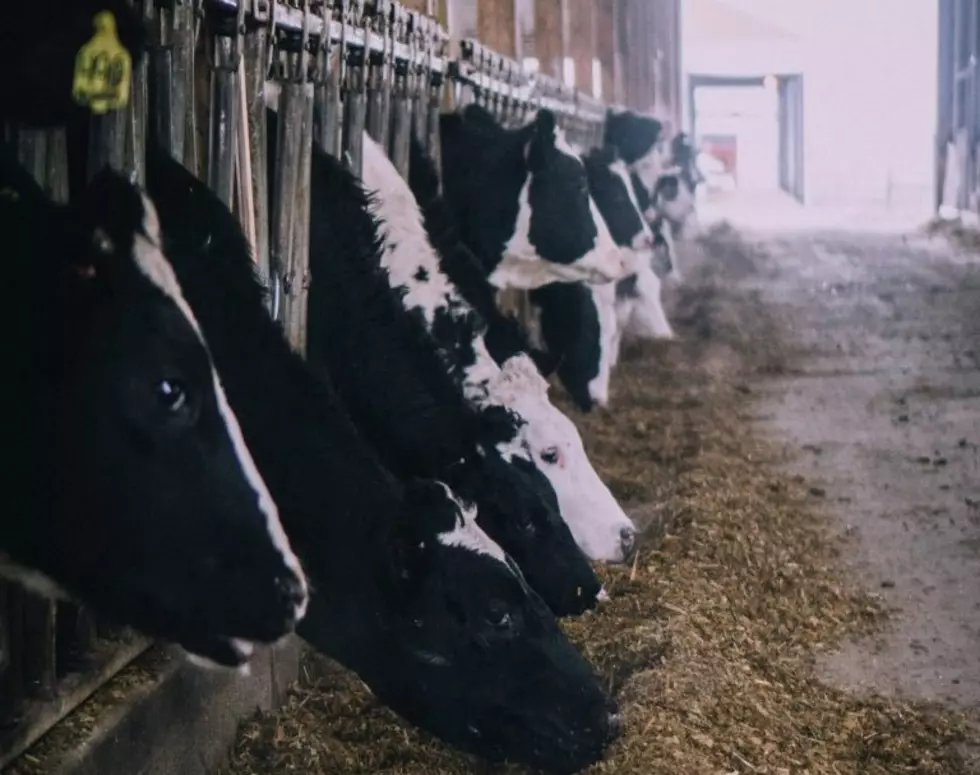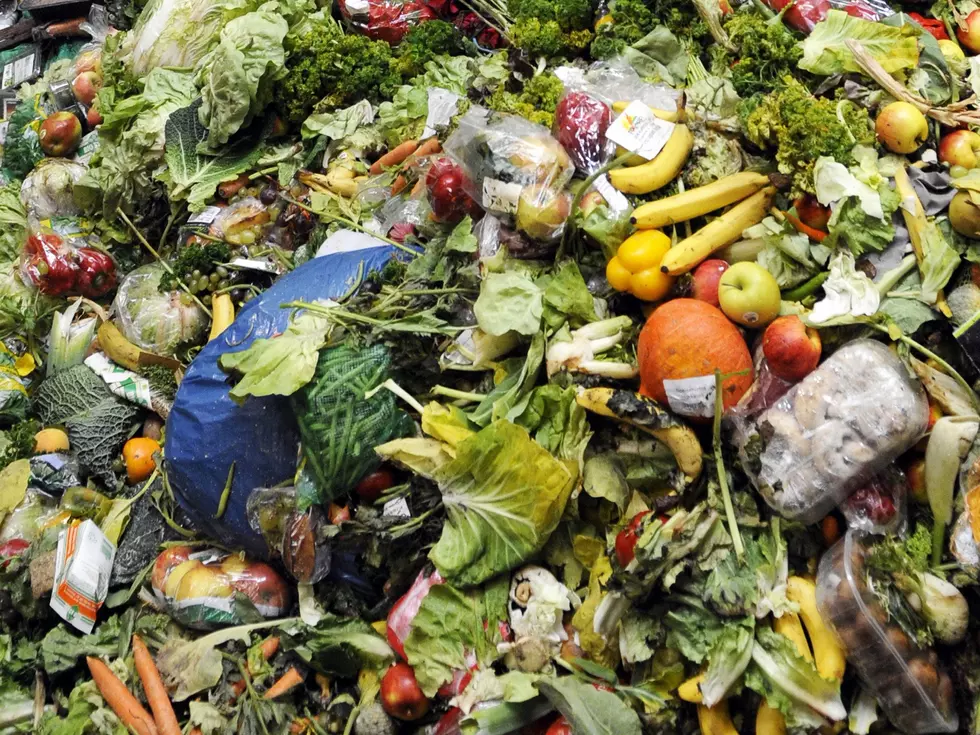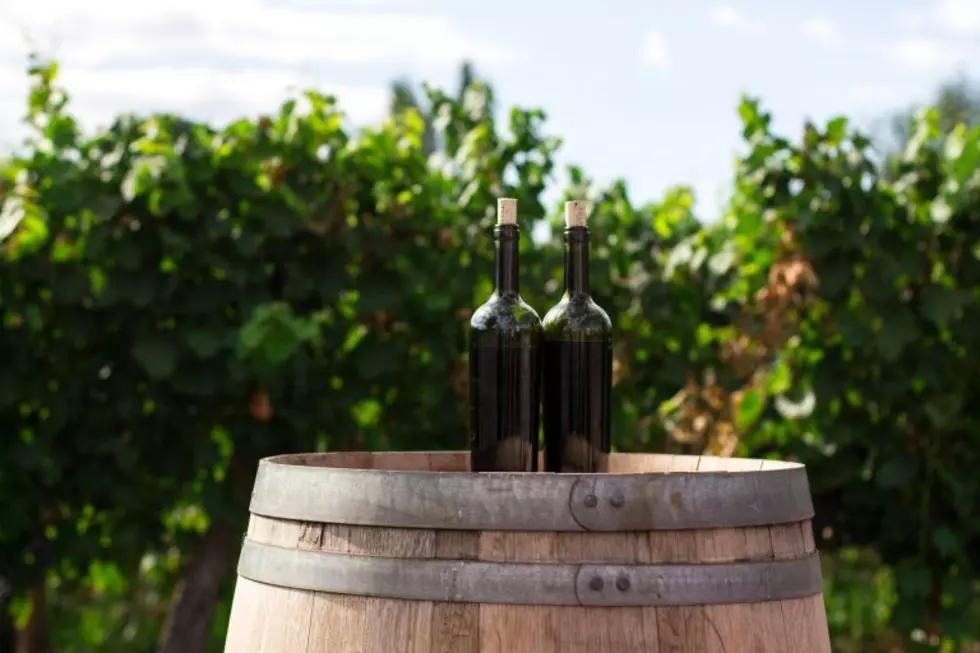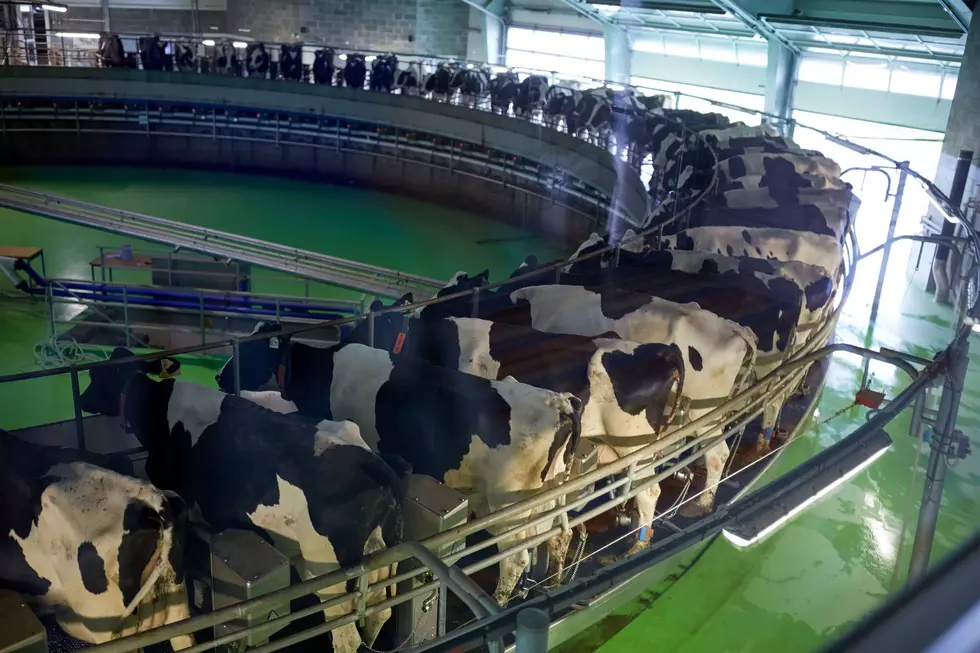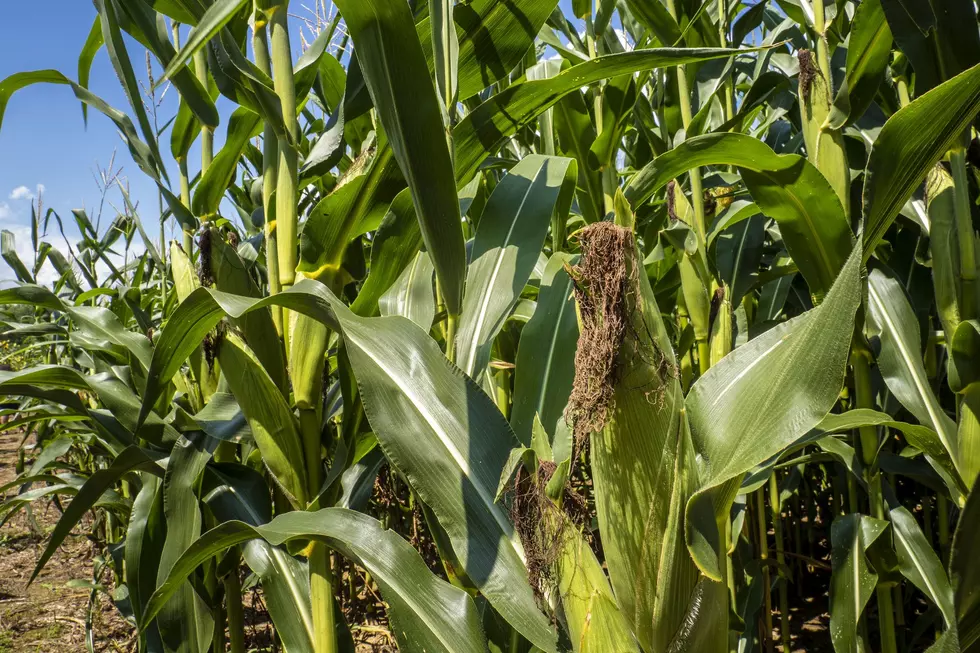
Waters: Despite Cool Temperatures Growers Need To Watch For Pests
With the cool, wet weather of the spring, plant growth for many crops has been slowed considerably. But that does not mean pest activity has slowed as well. Washington State University’s Dr. Tim Waters said the slower growth rates allows pests and diseases to out compete the crop for needed resources. A good example of this is seed corn maggot.
“The flies of the seed corn maggot lay eggs and the little larvae consume the seedlings of the plants as they emerge. If the plants are growing rapidly, they kind of out grow the damage the maggot can cause but if they are growing slowly the maggot causes more damage than the plant can sustain and the plants often die. So, we’ve seen some areas with high damage from seed corn maggot due to the cold soil temperatures.”
Despite the challenges of the spring, growers have done a good job.
“They’re watching the weather, they’re not running their pivots when they don’t have to, but every time you put cold water on the field, it’s going to bring that soil temperature down which is not a great thing. You know, there are time when you have to put water down to keep the dirt from moving, and of course it’s better to cool the soil down than to have an excessive amount of erosion that going to damage the crops, so you kind of have to manage it the best you can, but keeping things on the dryer side is more beneficial under these cool wet conditions.”
Waters said during the cool, wet weather, its important growers are monitoring their fields and watching for any disease pressures. If you have any concerns, or questions, you’re encouraged to reach out to your local extension office.
If you have a story idea for the PNW Ag Network, call (509) 547-1618, or e-mail gvaagen@cherrycreekmedia.com
More From PNW Ag Network

